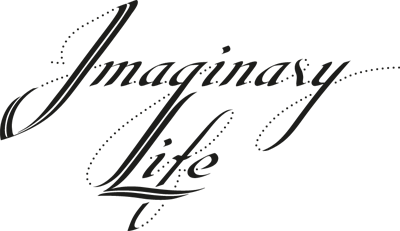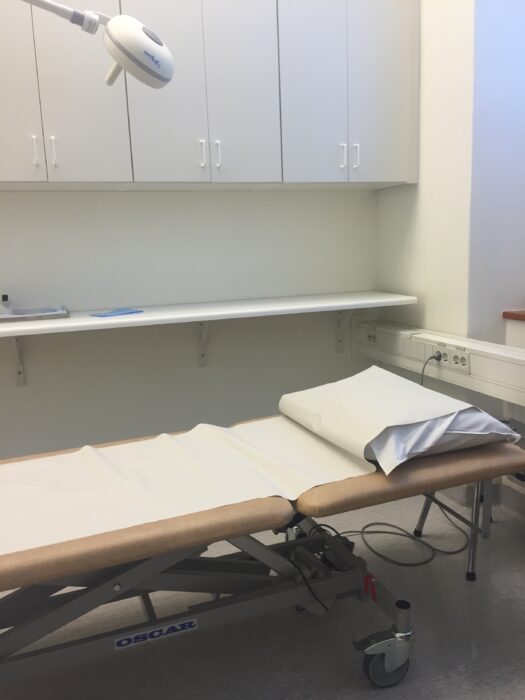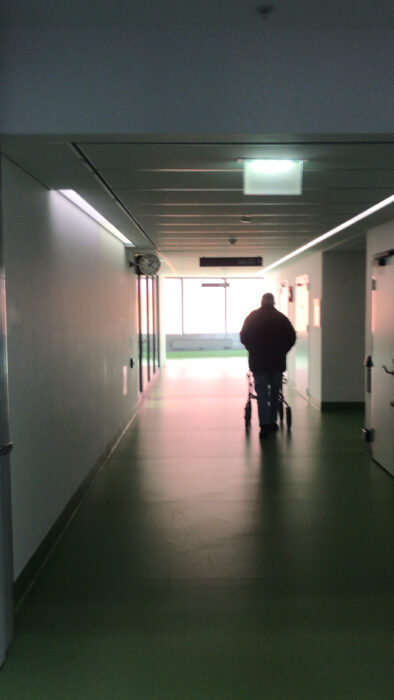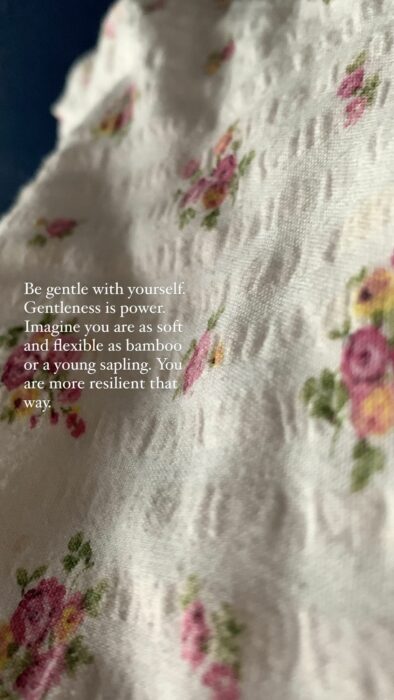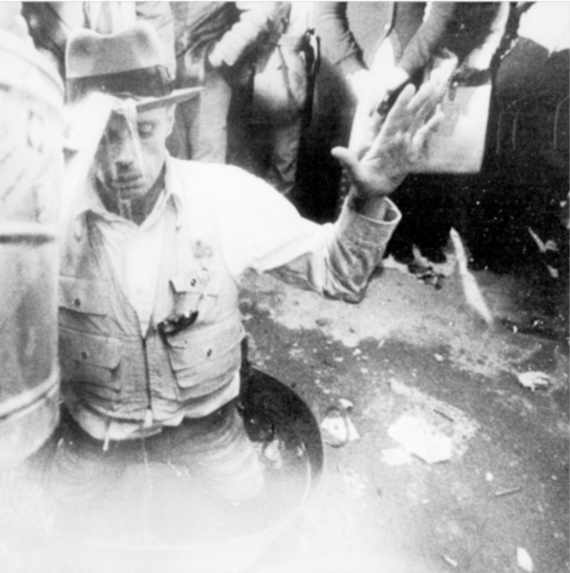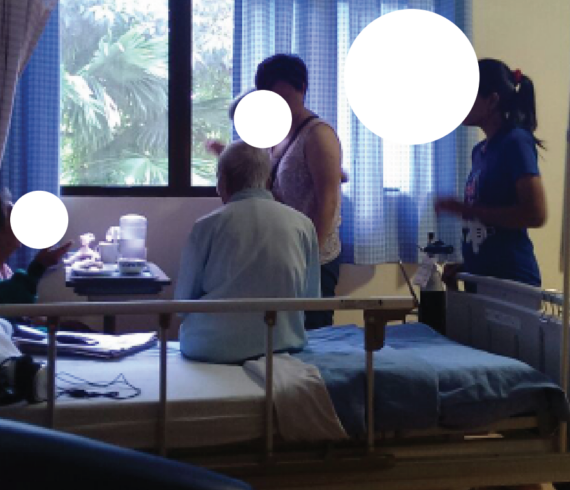
Holding space together
HOLDING SPACE means being physically, mentally, and emotionally present for someone to support them as they process their experiences and feelings, often in times of grief. The term has expanded in meaning over time to encompass other situations and it is something we can all aspire to when meeting others.
An important aspect of holding space is keeping judgment at bay, and being mindful of how you yourself respond while you are present. Not always an easy task to do, as everyone’s needs are different, but certainly something worth naming, and opening space for.
I came to learn about the different facets of the phrase through social media. It was long periods of confinement at home due the pandemic and a chronic immune condition that led me to start posting on Instagram. I stumbled into a large international community of people like me who have dynamic disabilities and complex chronic conditions. It was a revelation; they were sharing their grief, rage and joy through art, activism, and memes.
Others like me. I have always been ‘the only one’ alone with a very long list of conditions that mostly fall under the umbrella term of “allergies.” These symptoms change on a daily basis. Suddenly, I was learning a great deal, more than I had learned in years. I also learned about my own ableism.
Ableism is a relatively new word that came into use around the 80’s, meaning discrimination in favour of able-bodied people. When it comes to holding space for people with chronically illnesses and disabilities, attitudes are saturated with ableism from the outside world.
We all have our own internalised ableism to deal with and that is the same for a person with chronic conditions and disabilities. I didn’t even know of the term until recently and most of us well-meaning folk still don’t.
Actively learning about ableism means accepting that from the earliest age we are taught that typical abilities are superior to atypical ones, able bodies are desired above disabled ones, productivity is better than rest, ‘beauty’ is synonymous to ‘health,’ and illness is ugly and should not be inflicted on polite society. Like racism and sexism, ableism is systemic and dominates the societies and cultures we live in.
In the late 1800s US, for example, there were even a set of so-called Ugly Laws passed that outlawed the appearance in public of people who were, in the words of one of these laws, “diseased, maimed, mutilated, or in any way deformed, so as to be an unsightly or disgusting object” (Chicago City Code 1881). The ugly laws did not restrict performances of people with disabilities for the purpose of entertainment or eliciting disgust, but rather restricted people with disabilities from mingling with the general public.
All this and more means that in the collective subconscious ‘disability’ stands contrary to everything beautiful, good, useful, worthy, justified, and correct. We see it in films all the time; from Captain Hook to Dr. No, the villain is either disfigured, disabled or faking it.
Perhaps the most important lesson of the age is to never assume anything about the ‘other’ but to always keeping judgment at bay, and being mindful of how you yourself treat others because of not despite your own struggles. Don’t think you are not ableist yourself…or racist, or sexist, or ageist, or homophobic or anything else for that matter. Being well meaning doesn’t let you off the hook! None of us are immune to any of these things, no matter how good we think we are. It’s systemic. It is the water we drink, the air we breathe, the cities we live in. It’s our collective inheritance.
Like grief, chronic conditions and disabilities are a crash course in dealing with change. You go through the whole gamut of emotions. Sometimes you try and find your better self. Sometimes you are too exhausted to think or move. You do try your best to be kind to yourself and available to others. You learn to love yourself as you are, as a means of survival. You do have a willingness to learn and adapt like never before, to escape the confines of your experience instead of letting it define you. You gain new perspectives. You learn new tools and structures. You see every situation from multiple perspectives and that is an asset.
As a child I spent many hours alone due to chronic asthma and allergies. I had difficulty breathing from dust, pollen, mould, changes in weather, cats, dogs, food – you name it. I escaped into drawing and old afternoon film matinées on TV on days off from school. I started taking photographs in my twenties when I bought a manual Olympus camera. It was around about this time that I began documenting my many doctor and hospital visits, and the beds I slept in.
Art was a quiet companion and a good listener. It taught me how to meditate before I had even heard the word, and to shift focus away from my own body. Focussing on the ‘now’ is not always the best thing to do when you are struggling with symptoms though. Art was an antidote to the constant fear of anaphylaxis – not being able to breathe from my throat swelling up – and the many other symptoms that accompany long-term conditions.
Art was not something I felt compelled to show. It was my home and way of ‘holding space’ for myself. Of course, I didn’t have these words at the time. But art and life went hand in hand and personal art/research projects often spanned many years and decades.
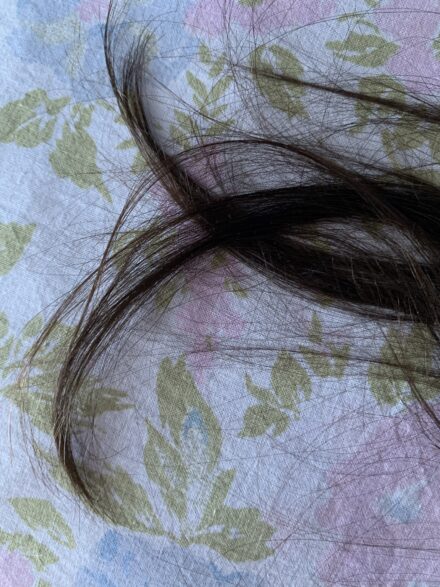
Long brown hair on cotton sheets with a pastel floral pattern in natural light.
In the nineties, every night, I would see the neon lights of a hypermarket spelling out the words ‘Better Life’ across a night sky from a train home through Osaka after teaching English. Imaginary Life became a name in lieu of an artist’s name; a means to explore complex identity issues with other artist-minds in the safety of collective anonymity.
Later on, I managed to shape shift Imaginary Life into a communications design consultancy and start freelancing in the creative sectors. That made me fully aware that all my inter-sectional perspectives, my différence, that is tied up in identities that my employers might be ignorant of or even at complete odds with. I realised that over the years, holding space for them has also been an important of my work in order to drive dialogue and cocreation.
Multiple perspectives persist as I grow older. Every project, every conversation and every meeting is an opportunity for holding space and addressing our preconceived ideas. Every time we “can” or “can’t” or “are” or “aren’t.” What every person with disabilities and chronic conditions knows, challenges can be real or perceived, but they are all part of the surrounding culture that shapes our reality.
The artist Joseph Beuys described illness as a release; a gateway to deepen our insights, spirituality, and transformation. His views on suffering, self-healing, the interaction between the sufferer and the healing process itself were many years ahead of his time. His wording may be outdated or provocative to modern day crip audiences, but his philosophy prevails. Beuys’ trauma and near-death experience influenced all his work as shaman-artist, teacher and radical ecologist. To be ill, he believed, is to be human. There is no ‘green progress’ without equity and accessibility.
I am still learning about all these crossing identities within myself and how they have shaped how I move through a world always designed for an ‘other’. From permaculture, for example, I’ve learned that there is richness in the margins, where two identities meet. As a multi-racial immigrant, a neuro-atypical, MAD middle-aged woman, and as a person with multiple access needs, I want to ‘hold space’ to all the complex, creative, angry, loving, beautifully contradictory parts of myself that I share with so many others.
Dec 2021
